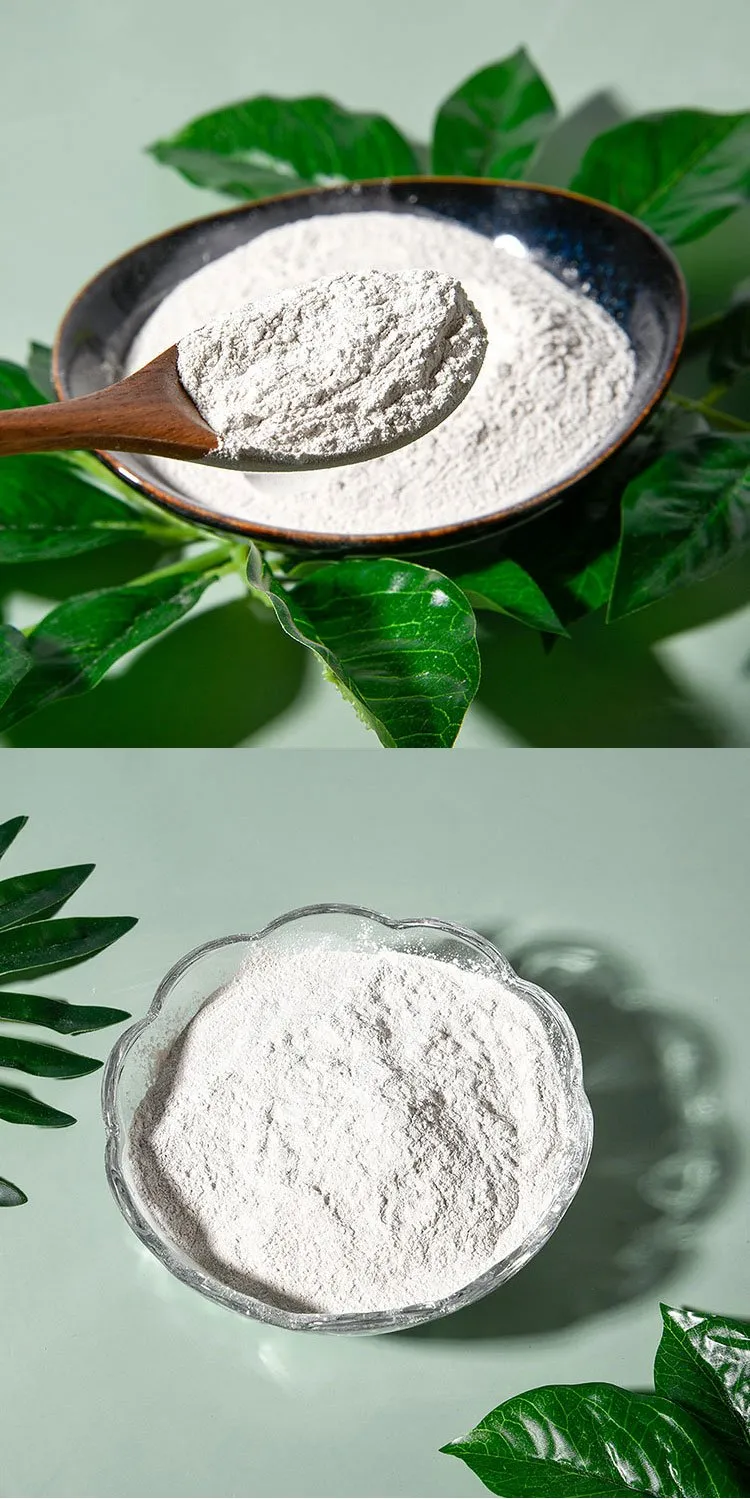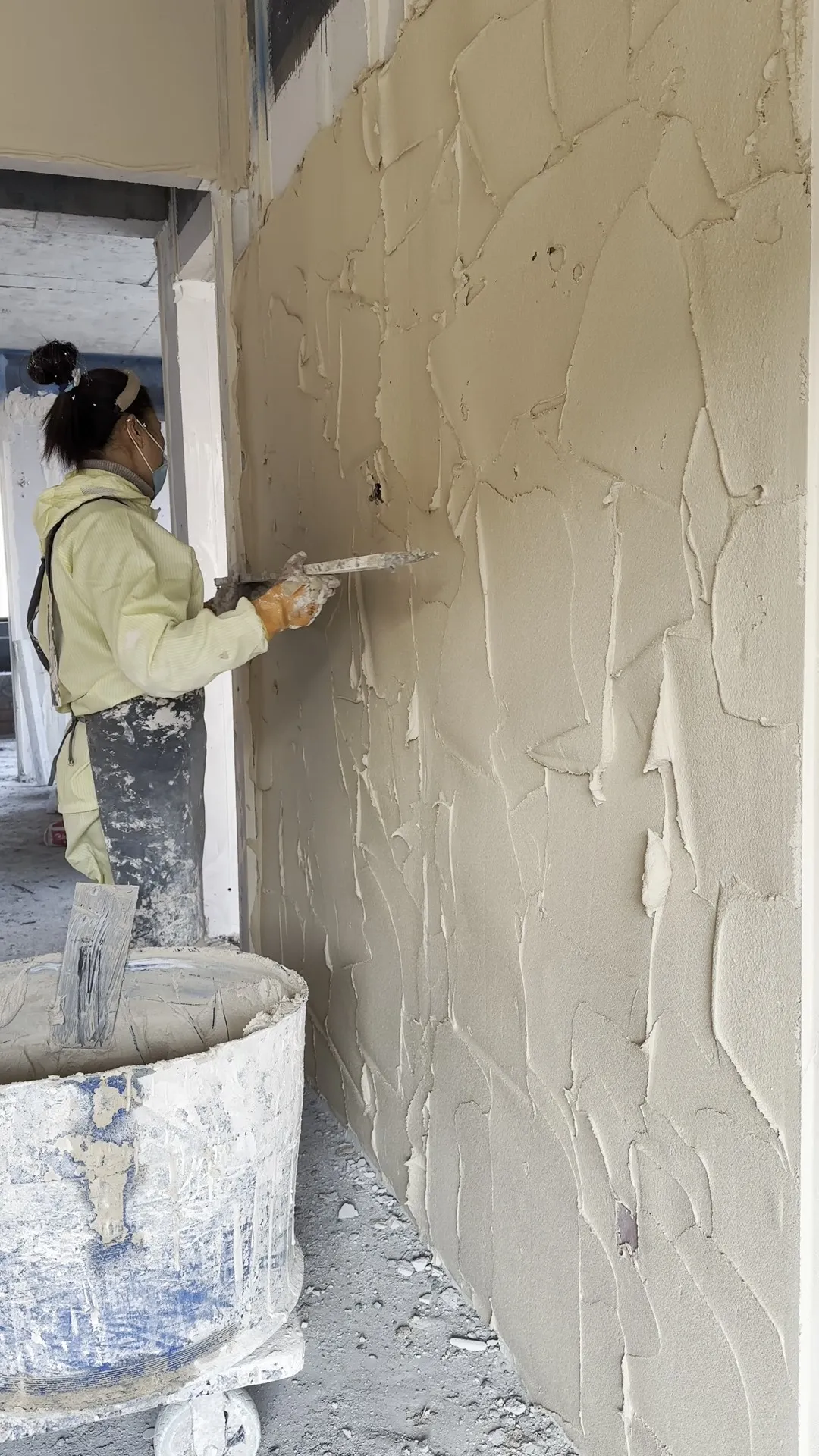
Gypsum Applications in Construction: How to Adjust Setting Time with Additives
Gypsum is a widely used material in construction due to its versatility, affordability, and ease of application. However, its setting time is crucial for optimal performance in various applications. To tailor the setting time for different projects, additives like gypsum retarder, gypsum accelerator, and other gypsum additives play a vital role. Whether you’re producing gypsum plaster, drywall, or other prefabricated elements, understanding these chemicals is essential for achieving consistent quality and performance.

Understanding Gypsum Retarders: Chemistry and Application
A gypsum retarder is a substance added to gypsum products to slow down the setting process. This delay in setting time allows for better handling, transportation, and application, especially in large-scale projects or in hot climates where gypsum might otherwise set too quickly.
One of the most commonly used gypsum retarder chemicals является cream of tartar, also known as potassium bitartrate. This naturally occurring acid salt is a traditional plaster retarder and is still widely used due to its effectiveness and low toxicity. Cream of tartar plaster retarder works by interfering with the crystallization of gypsum, thereby delaying its hardening.
Other retarders in gypsum products include citric acid, protein-based compounds, and specially formulated synthetic chemicals. The choice depends on the type of gypsum product being manufactured, its intended use, and the desired setting time.
In commercial and industrial settings, USG gypsum plaster retarder is a trusted product known for its consistent performance. This formulation is widely adopted in drywall production and interior finishing due to its compatibility and reliability.

Accelerating the Process: Gypsum Accelerators and Their Uses
While retarders are essential for flexibility, there are situations where quick setting is required—this is where gypsum accelerators come into play. A gypsum plaster accelerator increases the rate at which gypsum sets, enabling faster turnaround times on construction sites. This is particularly beneficial in cold climates or for rapid repair jobs.
Common gypsum additives used as accelerators include aluminum sulfate, potassium sulfate, and finely ground gypsum itself. These materials help initiate or speed up the formation of calcium sulfate dihydrate crystals—the hardened form of gypsum.
Selecting the right accelerator or retarder in gypsum depends on the balance between working time and setting speed. For instance, when working with prefabricated gypsum panels, it’s vital to use a plaster retarder to ensure proper molding before the setting begins. On the other hand, patching compounds and joint fillers may benefit from a gypsum plaster accelerator to speed up the repair process.
Combining Retarders and Accelerators: Customizing Setting Times
Modern gypsum formulations often combine gypsum retarder chemicals and accelerators in specific ratios to fine-tune performance. This combination allows manufacturers to create products tailored to specific climates, work conditions, and project timelines.
In applications like decorative molding or ceiling panels, consistent working time is critical, and a precise amount of retarder in gypsum ensures that each batch behaves predictably. Meanwhile, accelerators ensure that once the application is complete, the product sets quickly to avoid deformation or cracking.
Another emerging trend is the use of sustainable and food-grade chemicals as additives. For example, cream of tartar plaster retarder is considered environmentally friendly and safe for indoor air quality, which is an increasing concern in green construction projects.
The Science Behind Superior Gypsum Products
The right use of gypsum retarders, accelerators, and additives can make a substantial difference in the performance, appearance, and longevity of gypsum-based products. From USG gypsum plaster retarder to cream of tartar and advanced synthetic formulas, choosing the correct additive is essential for aligning your product with project needs.
Whether you're seeking flexibility with retarders in gypsum products or speed with gypsum accelerators, the right combination ensures efficiency, quality, and safety in construction and design.
FAQs About Gypsum Retarders and Additives
What is a gypsum retarder, and how does it work?
A gypsum retarderslows down the setting time of gypsum by inhibiting the crystallization of calcium sulfate. It is commonly used in large-scale or hot-climate applications to give workers more time to mold and apply gypsum plaster.
What are common gypsum retarder chemicals used in construction?
Examples include cream of tartar, citric acid, protein-based substances, and synthetic compounds. Popular commercial options include USG gypsum plaster retarder, known for consistency and compatibility.
What is the difference between gypsum retarder and gypsum accelerator?
A gypsum retarderdelays setting, allowing more working time, while a gypsum accelerator speeds up the hardening process. Both are critical gypsum additives used to customize the performance of gypsum products.
Can I use natural additives like cream of tartar as a plaster retarder?
Yes, cream of tartar plaster retarderis a natural and effective choice, especially for small-scale or eco-conscious projects. It’s safe, affordable, and widely available.
What are the benefits of using a gypsum plaster accelerator in cold weather?
In colder environments, setting times increase. A gypsum plaster acceleratorhelps maintain productivity by ensuring the gypsum sets within a practical time frame, even in low temperatures.
-
Hydroxypropyl Starch as a Sustainable Construction AdditiveNewsNov.24,2025
-
The Gelation Properties of CMCNewsNov.21,2025
-
Redispersible Latex Powder and Water Retention CapacityNewsNov.21,2025
-
Dosage Control for Polycarboxylate Water ReducerNewsNov.21,2025
-
Film-Forming Properties of Polyvinyl AlcoholNewsNov.21,2025
-
The Function of Gypsum Additives in MortarNewsNov.21,2025





















